Review of the Day: Being Home by Traci Sorell, ill. Michaela Goade

Here’s a little insider-y librarian info. You know when you walk into a children’s room in a library and you look around the space? In the libraries where things have remained fairly unchanged for decades upon decades, you’ll find the picture book area to be alphabetical by author. That’s fairly standard. If the library is a bit more creative, they may experiment with their cataloging and shelving systems. For example, they might try to shelve books by subject. That way you can find all the pirate picture books in one area, and all the weather or dinosaur or ballerina books in others. Sometimes these areas will focus on big life events. You might find a death/bereavement section or a section on big emotions. You might even find a section on moving to a new home. After all, there are loads of books that cover this very subject every year. They may vary slightly to one degree or another (my personal favorite is Bad Bye, Good Bye by Deborah Underwood, ill. Jonathan Bean) but on the whole they all do the same thing: reassure kids that this move is not the end of the world. You know what kind of book you almost never see in this section? Books where the kids in the picture book aren’t just happy to be moving, they’re thrilled! Delighted! On the back of Being Home by Traci Sorell, do you want to know what it says? “Yay, it’s moving day!” Add in the jaw-dropping art and stellar storytelling, and this book may serve to upend everything you thought you knew about moving day picture books. And you won’t have to go to a fancy children’s room that’s split into subject areas to find it either.
ADVERTISEMENT
ADVERTISEMENT
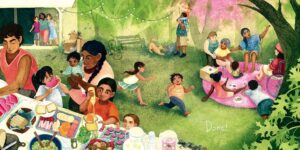
“Here, cars rush, crowds collect. Etsi says this is not our rhythm.” Living in a crowded city, a young girl has reasons to rejoice. Though until now they’ve lived far from family and animals, today is moving day! They pack their things, bid farewell to house and swings, and jump in their car. Along the way they, “change our tempo,” back to their ancestors’ land and their people. Finally arrived, family unloads the van and then it’s time to play and explore and romp. “No more busy streets… No more crowded spaces… No more faraway family…”As the girl declares, looking up at the sky (and actually seeing the stars), “I love the rhythm of being home.”
Just as happy moving day books are a bit of a rarity on our shelves, so too are books that don’t particularly care for big bustling urban landscapes. I suppose, since the vast majority of our children’s books are siphoned through New York City (a place where a huge host of our children’s book creators also tend to hang/live), that may have something to do with why it’s often seen as the nadir of living. Books that don’t simply eschew that life in favor of rural living exist, but few go as far as to say that it’s better. When I try to conjure them up, I tend to first think of older titles like The Little House by Virginia Lee Burton (the ultimate tale of urban encroachment). Which is sort of funny when you think about it, since the dirty-old-city idea is as old as… well… dirty old cities. Watching the pendulum swing between city and country has as much to do with the state of national attitudes towards those locations as it does personal shifting preferences. I suppose that normally it’s done from an ecological p.o.v. so Sorell’s take is of particular interest since it comes from a distinct family AND nature AND spiritual place. It swerves into the narrative from a place that shouldn’t be, yet feels, new.
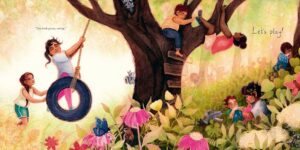
Sorell, tribally enrolled as a Cherokee Nation citizen, is, as of this writing, best known for her nonfiction titles like We Are Still Here! Native American Truths Everyone Should Know. Still, it’s her fiction that’s been intriguing me more, lately. In 2024 she’s not only produced Being Home (not “Going Home”, which is I think is an interesting distinction and would love to hear her pick that choice apart) but also the singular board book On Powwow Day which I believe to be one of the finest of the year. Her fiction shift works as well as it does, in part, because she has mastered the art of brevity. I cannot stress to you enough the difficulty it takes to tell a complete story well with select, brief wordplay. Being Home is a magnificent example of just precisely that. It isn’t just that the book is set as a denial of cities. If that were the case then it would feel like some kind of negative downer or, worse, like it was sneering at urban living. To avoid that feeling, Sorell in the second half of the book (after the arrival) has to zero in on the aspects of why this move is such a wonderful experience for a kid. Imagine having woods to explore, loads of cousins to play with, and the kind of freedom that comes with all of that. Reading this book I was reminded years ago of trying to read the book A Time to Keep by Tasha Tudor to my daughter. It’s also about hanging out with all your cousins in a country setting. We got through it once but when I tried a second time she exclaimed, “Why are you showing me a book of cool stuff that I can never do?” Hopefully Being Home will thread the needle a bit better, making a kid feel like THEY are there doing these things, and not just as an outsider viewing a life they may never have.
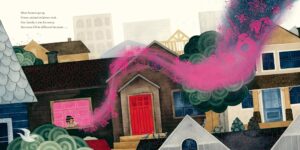
A couple years ago I was in Bologna, Italy at the Bologna Children’s Book Fair (the world’s largest international children’s literature fair) looking at the different exhibits. One that particularly caught my eye was a selection of books and pictures that contained “fluorescent art”. I was a bit baffled by this terminology, and had to investigate it a little more closely before I discovered what they meant. These books weren’t just from one single country. All over the world, people have been increasingly comfortable with using bright fluorescent colors in their illustrations. Not long ago I asked artist Beatrice Alemagna about when she started using fluorescent pink in her pictures, and she admitted that when she first began using the colors she was afraid of them drawing too much attention to themselves. Yet when used correctly and precisely, they can give a book precisely the kick it needs. I’ve read many a fine Michaela Goade picture book over the years, but Being Home felt like she too was slowly sinking deep into an abiding comfort with the virulent color. And like Alemagna, Goade thinks pink. You can see it in the very letters on the cover and the images at the bottom of the book jacket. In the book itself it becomes the touchstone color for our girl narrator. Indeed, our very first glimpse of her house amidst the jumble of the city depicts her window is glowing bright and pink, drawing the reader’s eye instantly. As she and her move drive away, her sketches populate the landscape, each one of them made of hot pink lines. Indeed, the more you notice the pink, the more you’re unable to look away from it. Even as Sorell is telling one story, Goade is almost telling another one in tandem with the text. The pink is the pink of home. It’s watermelons and picnic blankets, and then, at the very end, the setting sun has turned literally everything into that pink. Goade’s use of the color is no mere trend. It’s a systematic, smartly wrought method of wordless storytelling.
For me, the book harkens to older books as well. I got some keen Vera B. Williams vibes (Three Days On a River in a Red Canoe) when I looked at the map that the girl was drawing. Or when the whole family pitches in to help unload the moving van (A Chair for My Mother). The tone too reminded me of Ultra-Violet Catastrophe by Margaret Mahy and Brian Froud. It’s like these books, and also absolutely NOTHING like these books. It is its own. And what makes it ultimately work so well for me is just how fun the whole enterprise is. From the glorious art to the idea of having so many friends/relatives and a wilderness as your playground. Of getting the wrong rhythm out of your heart, and the right rhythm in. This is a celebration of nature, an appreciation of it even, that anyone could understand. An absolute glory of a book.
On shelves May 7th.
Source: Final copy sent from publisher for review.
Filed under: Best Books, Best Books of 2024, Review 2024, Reviews
About Betsy Bird
Betsy Bird is currently the Collection Development Manager of the Evanston Public Library system and a former Materials Specialist for New York Public Library. She has served on Newbery, written for Horn Book, and has done other lovely little things that she'd love to tell you about but that she's sure you'd find more interesting to hear of in person. Her opinions are her own and do not reflect those of EPL, SLJ, or any of the other acronyms you might be able to name. Follow her on Twitter: @fuseeight.
ADVERTISEMENT
ADVERTISEMENT
SLJ Blog Network
Notes on August 2024
Graphix to Publish Two Azuki Manga | News
September Suggestions: The Final Round
Navigating the High School and Academic Library Policy Landscape Around Dual Enrollment Students
Take Five: 2024 Middle Grade Books by Minnesota Authors
ADVERTISEMENT

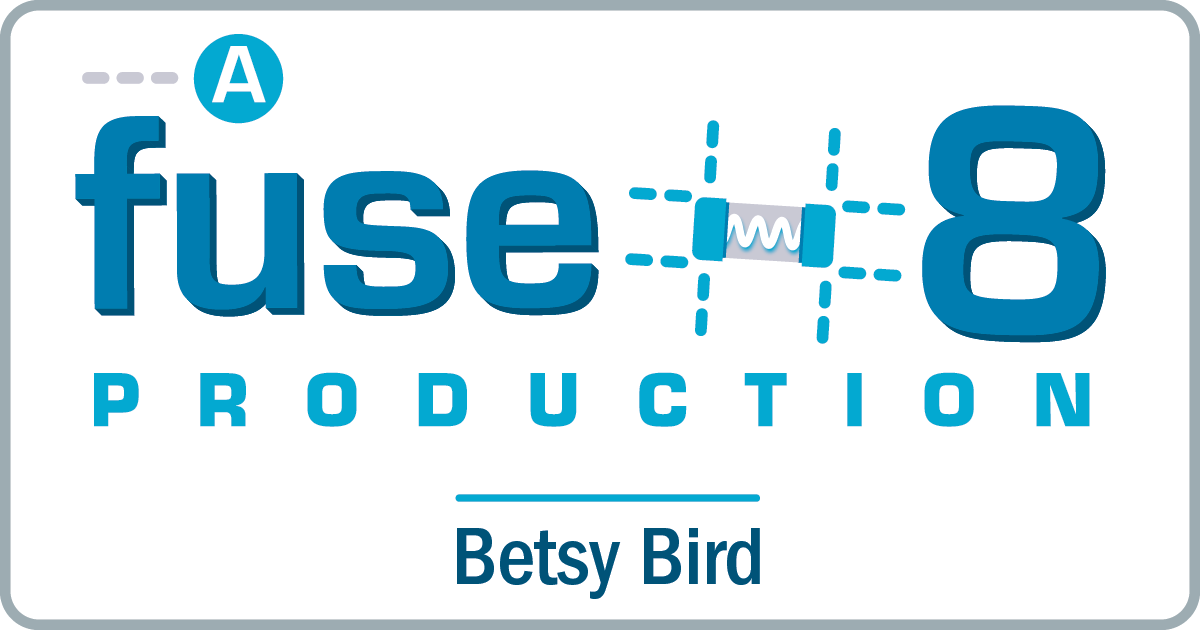

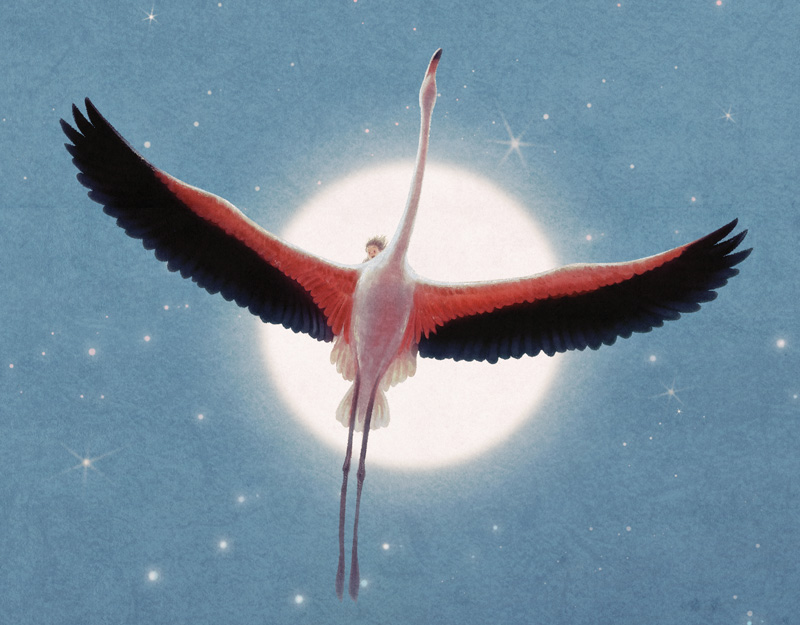

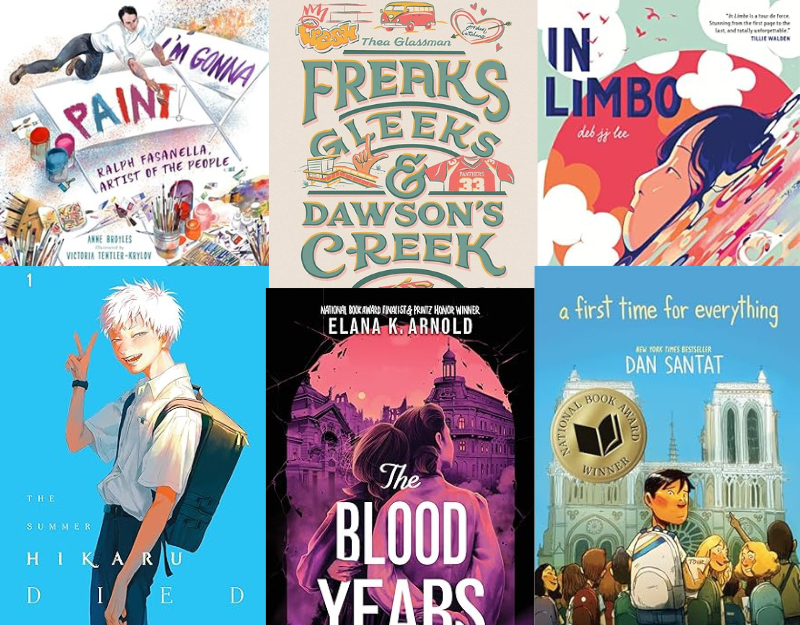

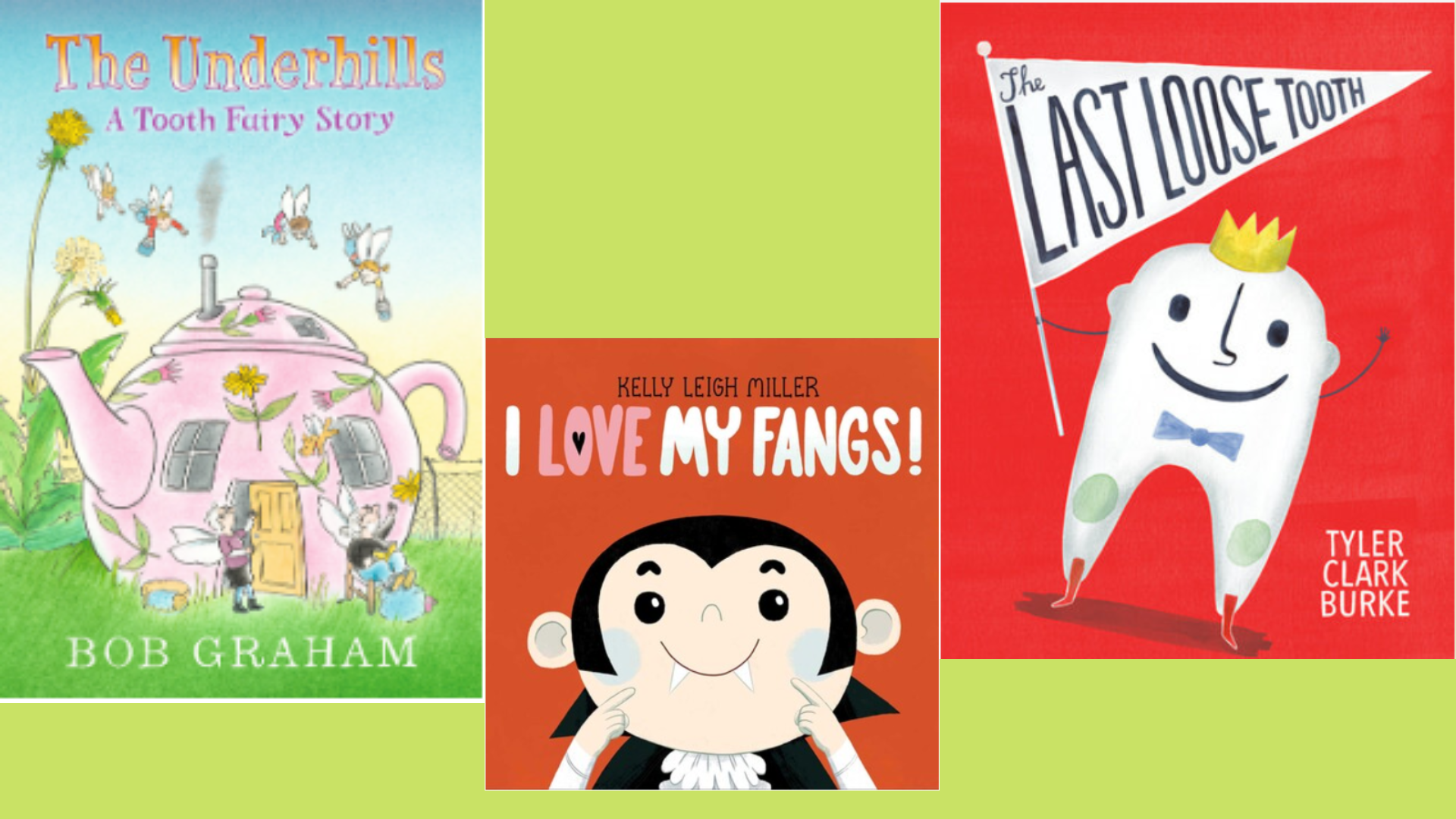
Obviously, I will keep my eye out for this one and will read it with interest . . . NO . . . I will “experience” it with interest. Thank you for telling us your impressions.